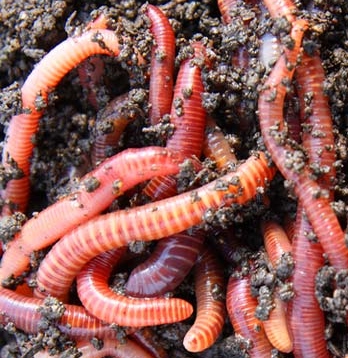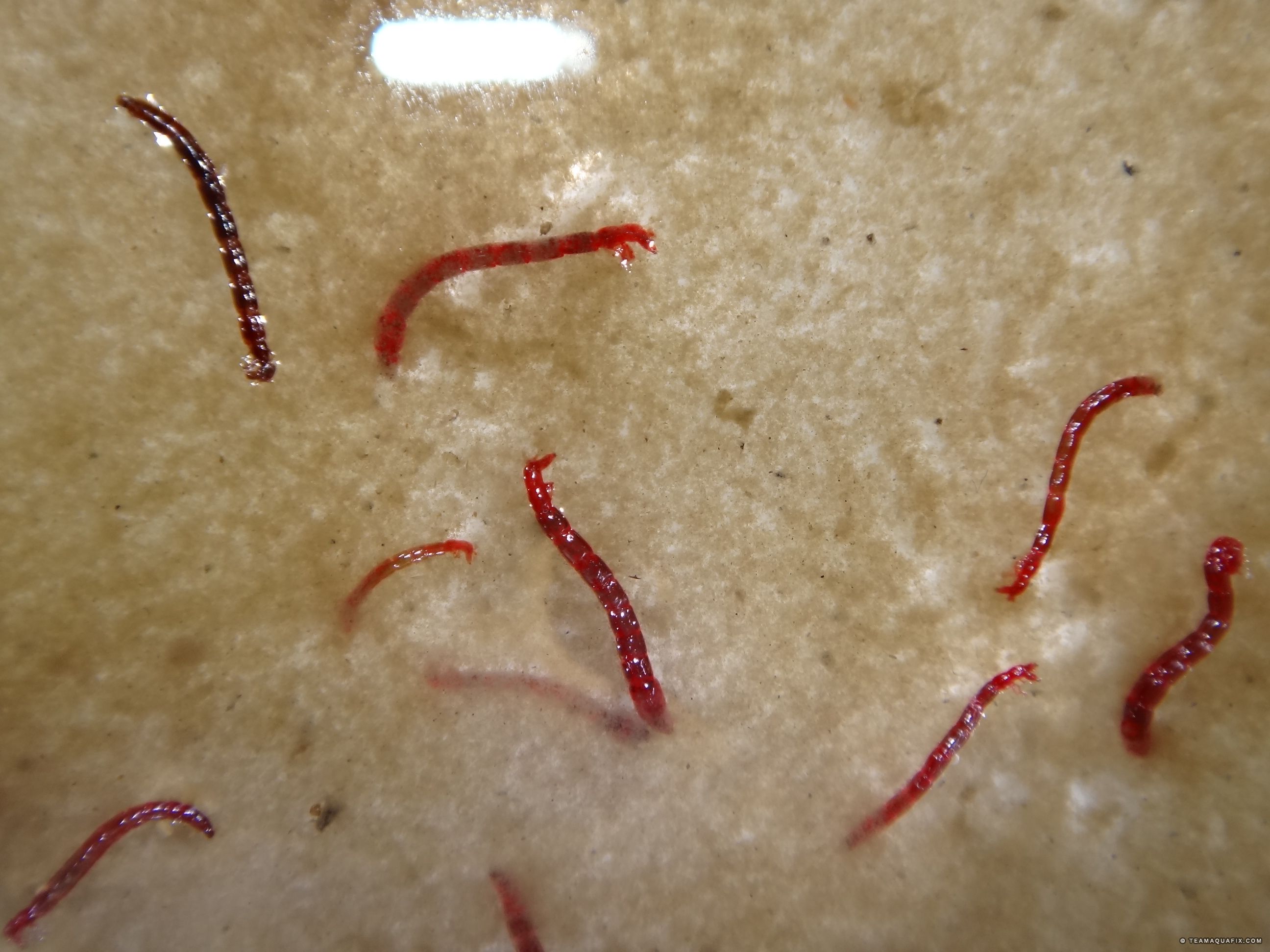Vibrant red wigglers: Why they’re ideal for composting
Vibrant red wigglers: Why they’re ideal for composting
Blog Article
Utilizing Red Wigglers for Efficient Organic Waste Disposal
Making use of red wigglers for organic waste disposal offers an engaging method to handling food scraps while promoting ecological sustainability. These worms not just boost waste decomposition however additionally produce beneficial worm castings, which can substantially improve soil wellness. Their capacity to refine huge quantities of organic product with minimal effort settings them as an obtainable service for homes and neighborhoods alike. Understanding the subtleties of setting up a successful worm bin and maintaining an optimum environment is vital for optimizing their benefits. The next steps in this procedure might shock you.
Benefits of Using Red Wigglers
Among one of the most compelling advantages of making use of red wigglers for natural waste disposal is their impressive efficiency in composting. These worms, scientifically called Eisenia fetida, are specifically adapted for damaging down organic materials, enabling them to refine waste up to twice their body weight each day. This rapid decay not only accelerates the composting process but additionally generates nutrient-rich worm castings that substantially enhance soil top quality.
In addition, red wigglers add to a decrease in landfill waste. By diverting organic materials from landfills, they help lessen methane exhausts-- a potent greenhouse gas. This ecological advantage is essential in the battle versus environment change.
In addition, red wigglers are low-maintenance and can thrive in different settings, making them easily accessible for both novice and skilled composters. Their capacity to recreate swiftly makes sure a steady population, facilitating recurring waste handling.
Establishing Your Worm Container
Creating an efficient worm container is vital for optimizing the advantages of composting with red wigglers. Guarantee the bin has sufficient drain openings to avoid excess dampness, as red wigglers thrive in a wet yet not soaked setting.
(Lake James Bait)Following, prepare the bed linens material, which acts as the worms' habitat and food resource. Shredded newspaper, cardboard, and coconut coir are superb alternatives. Go for a bed linen deepness of about 4 to 6 inches. The container needs to be put in a dark, temperature-controlled area, ideally between 55 ° F and 77 ° F, to preserve worm activity.
As soon as the container is established, present the red wigglers, permitting them to accommodate to their new environment. It's vital to check dampness degrees and temperature level routinely. A well-kept container will not just sustain the health of the worms but likewise assist in efficient decay of natural waste. By complying with these guidelines, you can develop a flourishing ecosystem that adds to sustainable waste monitoring.
(Western North Carolina Worm Farms)
What to Feed Red Wigglers
An understanding of the suitable diet plan for red wigglers is important for preserving a healthy worm populace and optimizing composting efficiency. Red wigglers flourish on a diverse diet regimen that primarily is composed of organic materials. Suitable food resources consist of veggie scraps, fruit peels, coffee premises, eggshells, and shredded paper. These items not only give essential nutrients yet likewise add to the dampness balance within the worm container.
It is vital to avoid specific foods that can harm the worm populace. Red wigglers must not be fed meat, milk items, oily foods, or processed items, as these can attract pests and develop unpleasant odors. red wigglers. Furthermore, citrus fruits and spicy foods need to be decreased, as their acidity can be destructive to worms
To promote ideal food digestion, food must be sliced into smaller pieces, assisting in quicker failure and intake. Introducing food in moderation is also important; overfeeding can bring about anaerobic problems and draw in unwanted pests. Checking the worm container for food consumption rates will help ensure that red wigglers are receiving an appropriate Red Wiggler Express Hickory NC diet while maintaining an efficient composting environment. Correct feeding practices are necessary for promoting a flourishing ecosystem within the worm bin.
Keeping Your Worm Habitat
A well-kept worm environment is essential for the health and wellness and productivity of red wigglers. To make sure optimum conditions, it is vital to keep track of temperature, moisture, and aeration within the worm bin. Red wigglers prosper in a temperature series of 55 to 77 degrees Fahrenheit. Surpassing this range can stress the worms, so it is essential to put the bin in an ideal location far from straight sunshine and extreme temperature levels.
A good policy of thumb is to keep wetness at approximately 70% to 80%. If the bedding ends up being also damp, it can lead to anaerobic problems that are dangerous to the worms.

Using Worm Spreadings in Gardening
Rich in nutrients and helpful bacteria, worm castings serve as an exceptional natural plant food for horticulture. Generated with the digestive processes of red wigglers, these castings contain a selection of crucial nutrients, including nitrogen, phosphorus, and potassium, which promote durable plant growth. Unlike artificial fertilizers, worm castings provide a slow-release device, making certain that nutrients are readily available to plants over an extensive period, thus lowering the risk of nutrient leaching and soil exhaustion.
In addition to vitamins and mineral content, worm castings improve soil framework and aeration, improving dampness retention and drain. The microbial life present in worm castings helps to suppress microorganisms and promotes a healthy and balanced dirt ecosystem, additional profiting plant health. When included into the soil or utilized as a top dressing, worm spreadings can considerably enhance seed germination prices, origin growth, and total plant vigor.
For ideal outcomes, gardeners need to apply worm castings at a price of 1-2 inches per square foot, blending them right into the dirt or integrating them right into potting blends. Generally, making use of worm spreadings is a green technique to enhancing soil fertility and ensuring thriving yard atmospheres.
Conclusion

Report this page